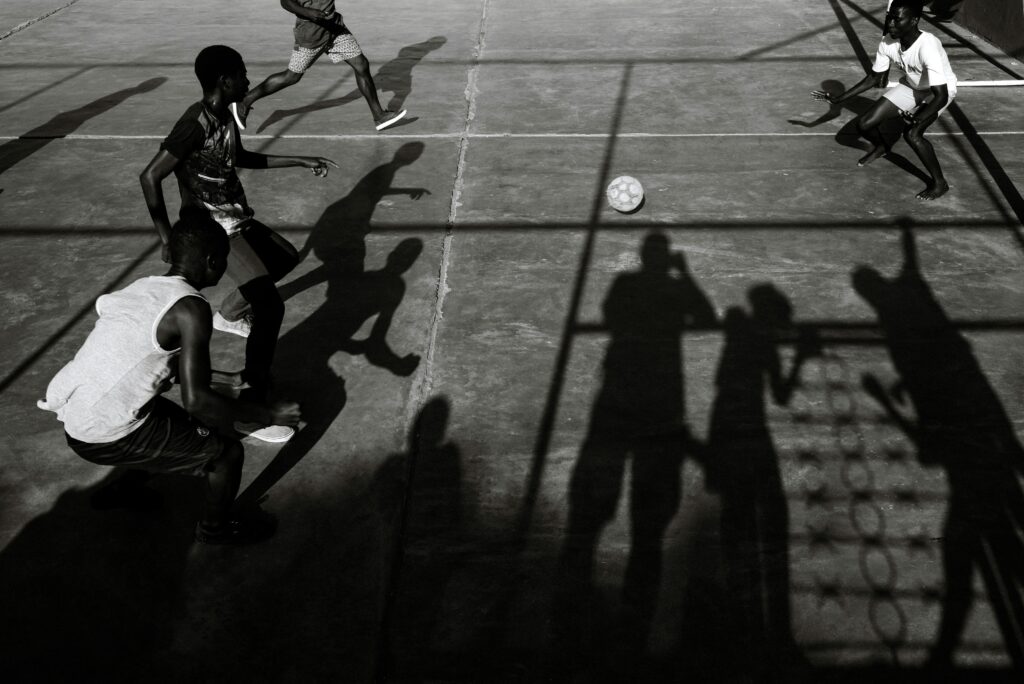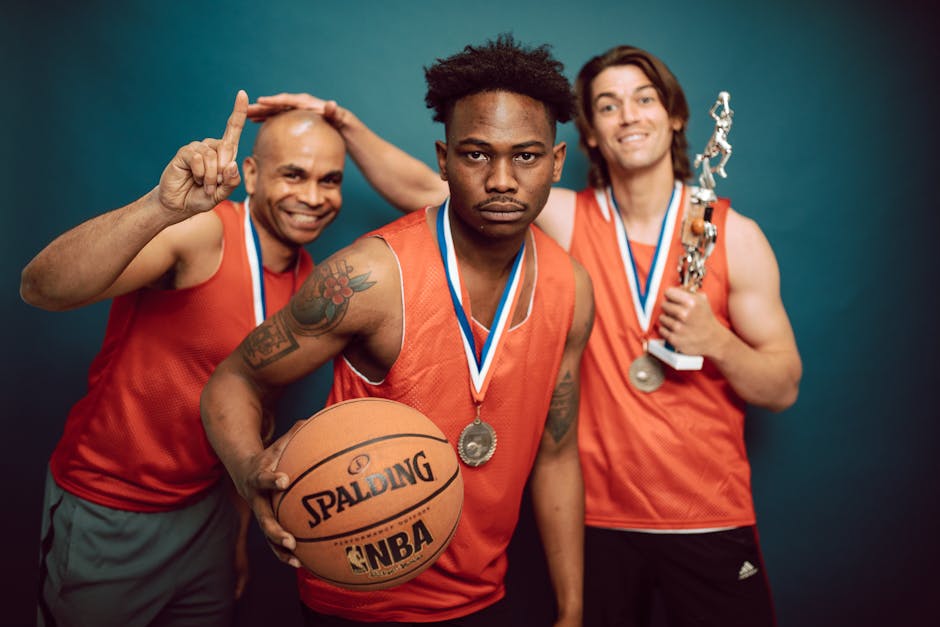Intro: Not Just a Game Anymore
Once dismissed as a niche hobby, esports has become a global economic force. It’s not just teenagers in basements anymore—it’s billion-dollar tournaments, sold-out stadiums, multi-year brand deals, and university scholarships. In 2024, competitive gaming isn’t trying to get on the radar of traditional sports. It’s already there.
Sponsorships from major brands, broadcasting on mainstream channels, even Olympic discussions—esports has arrived, and it’s growing fast. The scalability and digital-native roots of esports mean it’s built for today’s media habits: quick, global, immersive.
Traditional sports leagues should treat this as more than a trend. When young fans spend more hours watching League of Legends than the NBA Finals, it’s time to ask why. Understanding what drives esports—the tech, the culture, the direct fan connection—isn’t optional anymore. It’s a roadmap for staying relevant.
Viewership: Winning the Attention Economy
Esports has emerged as a dominant force in the ongoing battle for attention—especially among younger audiences. While traditional sports still command large followings, they face increasing competition from a digitally native audience raised on interactivity, immediacy, and on-demand content.
Younger Demographics Are All-In
Younger viewers aren’t just tuning into esports—they’re building fandoms around games, players, and creators. Key reasons this demographic prefers esports include:
- Constant access: Live streams are available daily, not just during a weekly game.
- Participation: Fans can actively engage via chat, polls, or user-generated content.
- Relatability: Many pros are close in age to their fans and share common backgrounds or interests.
- Platform familiarity: Twitch, YouTube, and TikTok are native environments for Gen Z and millennials.
Real-Time Engagement Over Passive Viewing
Traditional sports typically offer a one-directional viewing experience: fans watch, cheer, and wait until the next game. In contrast, esports provides multi-directional engagement that feels immediate and personal.
- Fans can react in real time through live chats and emotes
- Co-streaming and commentary from individual creators build niche followings within games
- Community-led events, tournaments, and Discord channels offer deeper involvement
These interactive ecosystems enhance loyalty and airtime beyond gameday, extending the life of content and the strength of viewer communities.
What Traditional Leagues Can Adapt
Traditional sports organizations don’t have to reinvent the playbook—but they should borrow pages from the esports strategy, such as:
- Create interactive watching experiences: Incorporate live polls, sideline streams, or behind-the-scenes content during games.
- Empower athlete-streamers: Help players build personal channels to deepen fan relationships.
- Leverage digital-first platforms: Stream bonus content on Twitch or YouTube to meet fans where they are.
- Foster year-round content ecosystems: Don’t rely on game day alone—build narrative arcs and behind-the-scenes moments between seasons.
Esports is proving that today’s fans crave more than just watching—they want to belong, respond, and contribute. For traditional sports, the opportunity lies in reimagining what “viewing” really means.
Accessibility & Global Reach
Lower Barriers to Entry
One of esports’ biggest competitive advantages is its accessibility. Unlike traditional sports—where access often depends on costly club fees, equipment, or playing space—esports offers a low barrier to entry. All a player needs is a basic gaming setup and an internet connection.
- No need for expensive gear or formal programs
- Training and competing can happen at home
- Much more inclusive to a broader range of socio-economic backgrounds
A Truly Global Playing Field
Esports is inherently digital, and that global nature is baked into its structure. Players from anywhere in the world can compete on equal footing regardless of physical location or financial status.
- International tournaments with diverse rosters
- Easier path to global stardom without international travel
- Removes geographic and political limitations found in traditional sports leagues
Democratizing Talent Discovery
Traditional sports often rely on structured scouting systems that miss late-blooming or unrecognized talent. Esports flips the script through open-access platforms, where standout play speaks louder than credentials.
- Platforms like Twitch, YouTube, and ranked game ladders highlight unknown talents organically
- Tournaments and contests open to anyone mean fewer gatekeepers
- Analytics and gameplay data accelerate the identification of rising stars
Takeaway for Traditional Sports: Democratizing talent identification—even in small ways—could bring a wave of fresh energy and diversity to established leagues. Experimenting with open digital competitions or hybrid scouting models might uncover athletes otherwise overlooked.
Community-First Model
In esports, fandom isn’t built from a distance—it’s forged in real-time. Gamers don’t just play, they stream, chat, and respond. The best of them are in direct conversation with their fans every time they go live. That kind of access creates loyalty most traditional athletes dream of. It’s not about highlight reels. It’s about shared moments—wins, losses, the grind in-between.
Vlog-style check-ins, subscriber-only chats, or even jumping into games with viewers—these small gestures pay off big in the long run. Communities grow stronger when there’s consistency and authenticity. Esports players understand this innately. They don’t outsource personality. They show up, flaws and all.
Traditional athletes have the same tools, they’re just underused. A quick Q&A from the locker room. A 10-minute post-game reaction vlog. Open commentary on strategy or mindset. These aren’t just add-ons—they’re how modern fans build connection. The old model of controlled press appearances is fading. The new model? Hit record, speak directly, repeat often.
Monetization Innovation
Esports isn’t just changing how people compete—it’s rewriting how money gets made. The old model of ticket sales and cable TV rights doesn’t apply here. Instead, revenue flows in from live streaming, exclusive in-game cosmetics, and tiny but frequent microtransactions. Fans willingly pay for skins, emotes, VIP chats, and digital collectibles. It’s not about big chunks—it’s about ongoing, bite-sized purchases stacked across millions of users.
Sponsorships still matter, but in Esports, they show up differently—overlayed in streams, personalized inside games, woven into creator content. This kind of agility lets Esports orgs pull revenue from all angles without being locked into a single gate.
Traditional teams and leagues don’t have to flip the table—just start testing. Offer behind-the-scenes access via streaming passes. Add exclusive cosmetic-style merch drops during games. Experiment with micro-donations during live events. The formula is flexible. What matters is meeting fans wherever they already are—and giving them something they want to invest in beyond the ticket.
Infrastructure & Training Evolution
Esports has moved far beyond casual gaming—it’s now a high-performance arena built on structure, analytics, and discipline. As the industry matures, its approach to coaching, player development, and team management is beginning to mirror, and in some cases, surpass traditional sports models.
Structured Development Pathways
Just like football academies or minor league systems, esports organizations are creating formal training pipelines for emerging talent.
- Dedicated esports academies offer structured onboarding for aspiring pros
- Talent scouts and coaches use performance metrics to identify rising stars
- Many top teams invest in long-term player growth, not just short-term wins
Coaching Goes Data-Driven
The use of analytics in esports coaching is rivaling that of top-tier traditional sports:
- Frame-by-frame gameplay analysis tracks decision-making and reaction time
- In-game strategy sessions are backed by machine learning and opponent modeling
- Coaches regularly review heat maps, mechanics stats, and micro-movements to fine-tune player performance
High-Performance Care: Mind and Body
Elite gamers are increasingly supported by multidisciplinary teams to keep them mentally sharp and physically resilient:
- Mental performance coaching helps manage stress, burnout, and in-game pressure
- Nutritional plans are being tailored to enhance focus, stamina, and recovery
- Team cohesion strategies promote communication, trust, and synchronized play under pressure
Traditional Sports Are Already Investing
Forward-thinking franchises in traditional sports are not on the sidelines.
- The NBA2K League connects real NBA teams with virtual counterparts, complete with drafts and coaching staff
- F1 Esports mirrors Formula 1 team structures, including driver training, simulators, and collaboration with official brands
- Football clubs in Europe and Asia have launched e-divisions, extending their reach into new fan segments
Takeaway: Esports isn’t guessing its way through performance—it’s building a blueprint. Traditional sports could benefit from studying how digital-native teams fast-track development, optimize performance, and reach competitive readiness under modern, tech-powered systems.
Culture Shift: From Hero Worship to Human Connection
Esports didn’t just build stars—they built personalities. Top players aren’t hiding behind PR filters or only showing up for the big matches. Instead, they livestream practice sessions, chat mid-game, joke about bad plays, and invite fans behind the curtain. This access isn’t just entertainment—it’s brand-building. Viewers feel like they know the person, not just the performer.
Traditional sports still lag here. Many athletes stay wrapped in layers of management, with curated Instagram posts and post-match soundbites being the only public-facing content. But there’s a clear signal from esports: people want more than stats and highlights. They want a connection. That means casual video content, off-the-court lives, and conversations that show depth.
For athletes willing to share their real selves—on YouTube, Twitch, or wherever they’re comfortable—there’s serious upside. Personality invites loyalty. And loyalty brings everything from fan support to new monetization lanes. The age of the curated hero is fading. The ones who win hearts in 2024 will be the ones who show up human.
Challenges Esports Still Faces (and What to Avoid)
Despite its exponential growth, esports is not without its growing pains. As the industry continues to mature, there are several key challenges that traditional sports can learn from—and vice versa.
Burnout is a Real Threat
Competitive gaming demands relentless hours of practice, streaming, content production, and tournament play. This intense grind culture has led to widespread issues with mental fatigue and early retirements.
Key issues contributing to burnout:
- Long hours without off-seasons or structured breaks
- Pressure to stream or compete for relevance
- Minimal institutional support for player well-being
What traditional sports can teach:
- Structured seasons with recovery periods
- Union support and medical guidance
- Emphasis on long-term athletic development
Fragmentation Hurts Growth
Unlike traditional sports, which benefit from governing bodies and unified regulations, esports operates in a fragmented, highly publisher-driven landscape. Each major title often functions within its own closed ecosystem.
Challenges of fragmentation:
- Lack of standardized rules or league structures
- Inconsistent pathways for rising talent
- Difficulty building unified fan bases across competing titles
Potential solutions:
- Cross-title partnerships or global player associations
- Move toward shared tournament formats or shared scheduling
- Leverage learnings from how sports federations co-exist under umbrella organizations like the Olympics
Longevity Requires Structure
Esports is still young, and many of its early stars have already stepped away due to burnout or lack of a clear future. For the industry to last, it needs to balance its digital-first agility with the stability seen in traditional sports.
What needs to evolve:
- Career support beyond competitive play (e.g., coaching, commentary, content)
- Structured training pipelines (youth academies, collegiate programs)
- Health, wellness, and financial guidance from an early stage
Traditional sports have decades of institutional knowledge about how to build sustainable careers. Esports stakeholders would do well to borrow not just the glamour but the groundwork from their traditional counterparts.
By identifying these existing flaws, both industries have the chance to improve—together.
Final Thoughts: Learn, Don’t Copy
This isn’t about Esports vs traditional sports. It’s about what both can become by learning from each other. Esports nailed speed, accessibility, and community. Traditional sports hold trust, legacy, and emotional roots. Together, they can cover ground neither could alone.
The key? Don’t just grab surface-level trends. Copying flashy overlays or live chats won’t move the needle. What matters is adapting the why behind these tools—community engagement, real-time feedback, and digital-savvy storytelling.
Cross-pollination is already happening. NFL teams are launching gaming verticals. Esports orgs are partnering with fitness brands. Expect more of it. The future favors collaboration—not imitation.
For expanded sports insights, check out our Weekly Sports Roundup.




